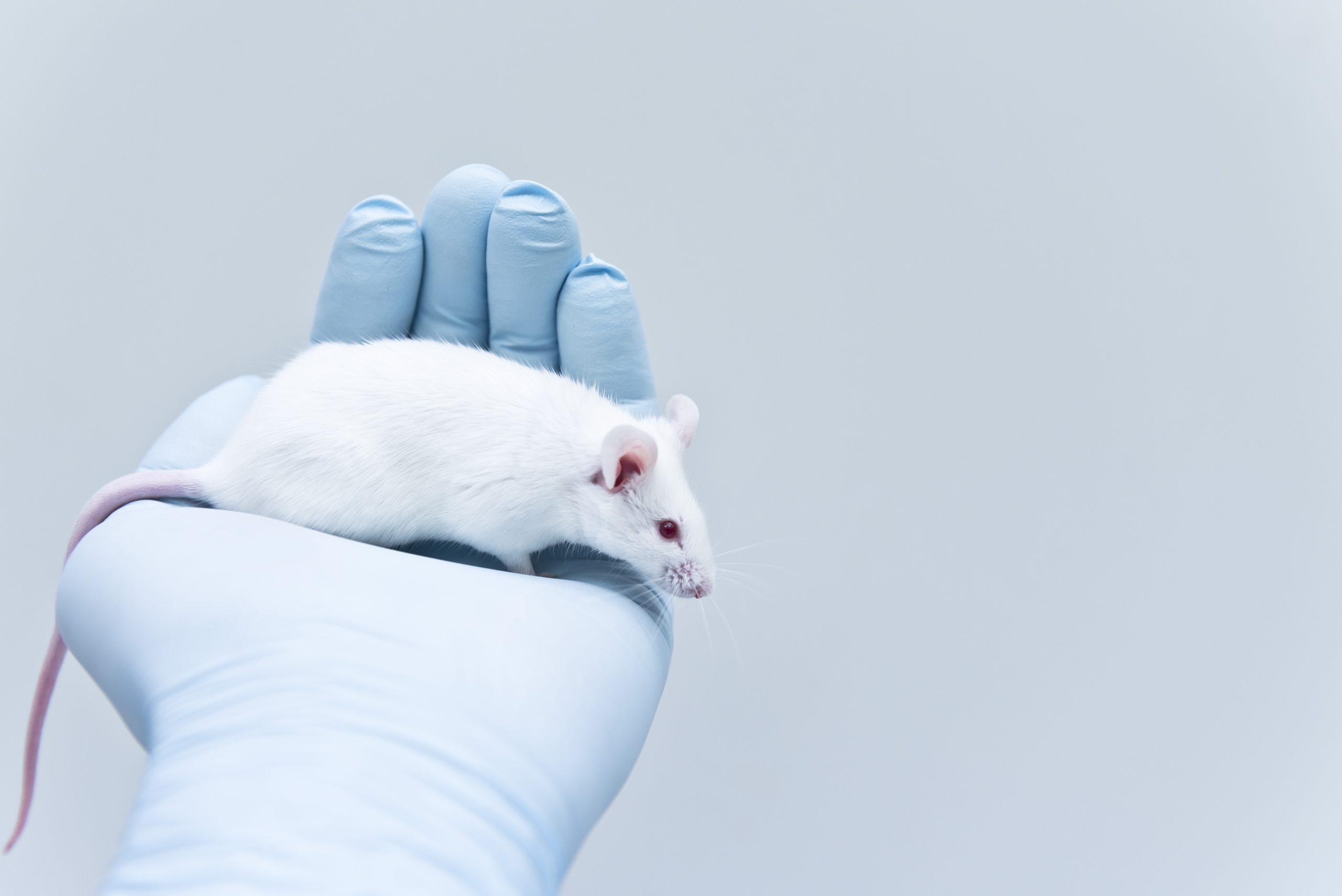- Satellos Bioscience (MSCL) has new evidence for regeneration in a severe model of Duchenne
- Satellos scientists are developing small molecule drugs with the goal of restoring faulty regeneration and repair observed in muscles
- Based on preclinical research studies conducted by Satellos, modulating PTP-X with the drug has the capacity to create functional muscle fibres
- This breakthrough offers the prospect for an entirely new therapeutic approach to repairing the debilitating tissue damage
- Satellos conducted these preclinical studies using a disease model of Duchenne that is more severe than the industry standard Mdx mouse
- Satellos is a medical company that develops novel therapeutics that stimulate or restore muscle regeneration in severe disorders
- Satellos Bioscience Inc. (MSCL) is up 1.39 per cent and is trading at C$1.46 at 2:34 pm ET
Satellos Bioscience (MSCL) has released findings from preclinical drug development studies to treat Duchenne muscular dystrophy.
Satellos scientists are developing small molecule drugs with the goal of restoring faulty regeneration and repair observed in the muscles of patients with Duchenne and potentially other degenerative and age-related muscle disorders.
The company’s drug candidates for Duchenne target an enzyme codenamed PTP-X, which Satellos discovered is involved in regulating muscle stem cell divisions.
Based on preclinical research studies conducted by Satellos, modulating PTP-X with the drug has the capacity to create functional muscle fibres in a mouse bearing the same genetic loss of dystrophin as seen in Duchenne.
This breakthrough offers the prospect for an entirely new therapeutic approach to repairing the debilitating tissue damage which accumulates in the muscles of Duchenne patients.
“In our latest preclinical studies, we again observed significant improvements in the ambulation of drug-treated mice, confirming and extending earlier work we have done — which is so very important to validate and build confidence in our unique therapeutic approach,” said Frank Gleeson, co-founder and CEO of Satellos.
“An additional noteworthy finding from the study was further evidence for the potential utility of a novel biomarker of muscle regeneration, an important development milestone for Satellos,” added Gleeson.
Satellos conducted these preclinical studies using a disease model of Duchenne that is more severe than the industry standard Mdx mouse, called the Mdx DBA/2J.
The mice were treated with a Satellos drug candidate for a period of 4 weeks and then analyzed across a range of measures. Drug-treated mice displayed significantly increased running speed and distance travelled on a voluntary running wheel as well as increased expression of a candidate biomarker of muscle regeneration.
“We are excited by these results. We believe it is imperative that we continue to construct a broad body of evidence demonstrating that muscle regeneration and repair in Duchenne is not only feasible but more critically, that the resultant muscle fibres are functional – a long-desired therapeutic goal that has been so elusive with many prior approaches,” said Dr. Michael Rudnicki, Ph.D., FRS, OC, co-founder and CSO of Satellos.
Satellos is a regenerative medicine company dedicated to developing novel therapeutics that stimulate or restore muscle regeneration in severe disorders.
Satellos Bioscience Inc. (MSCL) is up 1.39 per cent and is trading at C$1.46 at 2:34 pm ET.





